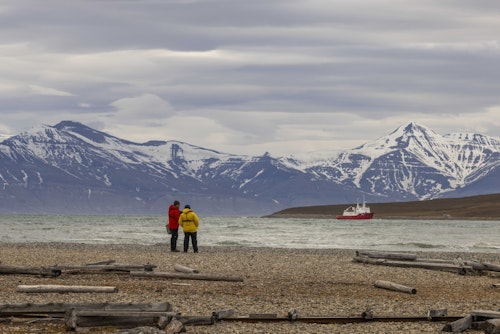Our Svalbard cruises and expeditions are curated with curious and adventurous travellers in mind.
Embark on one of Aurora Expeditions’ Svalbard cruises and experience the adventure of a lifetime in this polar wilderness with our professional expedition team. On our Svalbard cruises and expeditions, you have the best opportunity to encounter diverse wildlife in their natural environment, and you can also enjoy a number of activities in the High Arctic, including Zodiac cruising, hiking, kayaking and more.
We aim to get you off the ship 2-3 times a day*, so you can explore awe-inspiring sea cliffs, gigantic icebergs, majestic fjords, massive glaciers and ice caps. During an expedition cruise around Svalbard, capture unique photography with dramatic scenery and Arctic wildlife, including the polar bear.
Arctic Women's Expedition: Svalbard & Greenland
Jewels of the Arctic
Why Join a Svalbard Cruise with Aurora Expeditions?
Wildlife Experiences
Wildlife sightings peak with the return of migratory birds to the sea cliffs of Svalbard in the summer months. However, the opportunity to catch a glimpse of the King of the Arctic, the polar bear, is a major highlight of most Svalbard expeditions. In the summer months, polar bear sightings occur the most in the north and eastern areas of the island and in front of glaciers while they hunt for seals.
On our Svalbard expeditions, you can expect to witness walruses, beluga whales or fluffy Arctic foxes hunting in the snow. Our world-class expedition team might point out Svalbard reindeer, bearded seals, ring seals, narwhals if you’re lucky and a large variety of Arctic birds including Atlantic puffins.
Natural Beauty
A destination of a lifetime, our Svalbard cruises and expeditions connect you to the majesty of this Arctic wilderness, where dramatic fjords, rugged mountain ranges and a fossil-rich polar desert await.
The polar summer spans from May to September, when the Midnight Sun’s endless daylight, beautiful colours and striking contrasts add an extra dimension to Svalbard’s glaciers, sea ice, majestic mountains and Arctic tundra. Summertime, when the Midnight Sun shines over the Arctic, is the best time to enjoy outside exploration and take in this frozen land. The polar winter season makes up the rest of the year and features the polar night or endless night.
Unique Experiences
Birdlife
Overhead, puffins, guillemots and other native Svalbard avian circle, commanding your attention, while the scree slopes house the island’s largest little auk colony. Observe Svalbard’s iconic bird-cliffs where avian life gathers together, and hear about the unique habitat from our on board naturalists.
Bird sanctuaries are common in Svalbard and the bird population reflects this. Arctic birds nest here in the summer months when the weather conditions are perfect. The cliffs and mountains protect the birds from the cold winds of the Arctic Ocean and polar regions.
Svalbard Visitation Guidelines
Starting July 2025, Svalbard will introduce a new set of regulations for cruising in the archipelago, aimed at further preserving and protecting this pristine Arctic environment and its unique wildlife.
At Aurora Expeditions, we fully support these measures and are updating our operations to align with the latest conservation standards. We’ve outlined the key changes and what they mean for your journey—so you can explore responsibly, safely, and with confidence.
Svalbard Cruises FAQ's
Svalbard is one of the best places in the world to see polar bears in their natural habitat. Aurora Expeditions’ Svalbard cruises offer opportunities to view polar bears from a safe distance during expeditions to remote areas and wildlife-rich regions of the archipelago. However, please note that wildlife sightings are never guaranteed. Our expedition team will follow regulations carefully while still offering the best possible opportunities to view polar bears safely and respectfully.
Travellers can reach Svalbard for cruises and expeditions by flying into Longyearbyen Airport (LYR), the main airport in Svalbard. Many international airlines offer flights to Longyearbyen with connecting flights from all the major cities. Additionally, some of our new expeditions to Svalbard include charter flights from Oslo to Longyearbyen, making your journey even more seamless.
The duration of a cruise to Svalbard can vary based on the specific itinerary chosen. Aurora Expeditions offers a range of Svalbard cruises and expeditions, including shorter journeys lasting several days to longer voyages lasting two weeks or more. Please refer to the detailed itinerary provided by Aurora Expeditions for the specific duration of a cruise.
Absolutely! A Svalbard cruise with Aurora Expeditions offers an extraordinary opportunity to explore one of the world’s last true wilderness areas, teeming with Arctic wildlife, stunning landscapes, and unique cultural experiences. From polar bear encounters to glacier-filled fjords, a Svalbard expedition promises unforgettable adventures and memories that will last a lifetime.
Yes, Svalbard is a part of Norway. It’s a remote archipelago falling under its sovereignty. Positioned between mainland Norway and the North Pole, it offers a mix of stunning Arctic wilderness and a lively community, especially in its capital, Longyearbyen. Governed by Norway since the early 20th century, the Svalbard Treaty acknowledges Norwegian control while granting certain commercial rights to other nations. The region is celebrated for its dramatic landscapes, including fjords, mountain ranges, and a fossil-rich polar desert, making it a paradise for wildlife enthusiasts with opportunities to see polar bears, walruses, and various seabirds. The phenomenon of the Midnight Sun during Svalbard’s polar summer offers unique exploration conditions and a chance to appreciate the Arctic’s natural beauty.
When packing for a Svalbard cruise, it’s essential to include warm clothing suitable for cold weather conditions, including thermal layers, waterproof outerwear, gloves, hats, and sturdy waterproof boots for onshore excursions. Additionally, consider bringing binoculars, a camera with extra batteries, sunscreen, sunglasses, and any personal medications or essentials you may need during the trip.
When is the best time to go on a Svalbard cruise or expedition?
The best time to go on a Svalbard cruise or expedition depends on your interests and preferences. The European summer months, from June to August, offer the best weather conditions and opportunities for wildlife sightings, including polar bears. However, some travellers may prefer the winter months for a chance to see the Northern Lights.
Svalbard is an enchanting Norwegian archipelago located in the High Arctic, nestled between mainland Norway and the North Pole. Known for its rugged remote beauty, Svalbard, with its largest island Spitsbergen, serves as a gateway to Arctic exploration, offering a landscape filled with dramatic fjords, towering mountain ranges, and a unique polar desert rich in fossils. This region is a haven for diverse wildlife, including the elusive polar bear, making it a prime destination for those seeking adventure in one of the planet’s most pristine wildernesses.








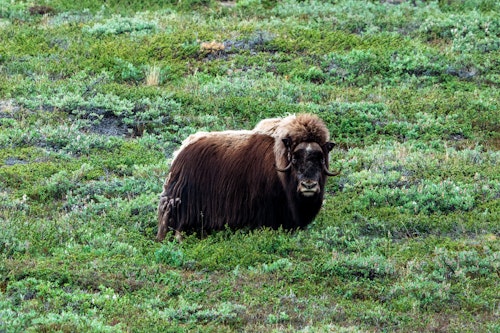
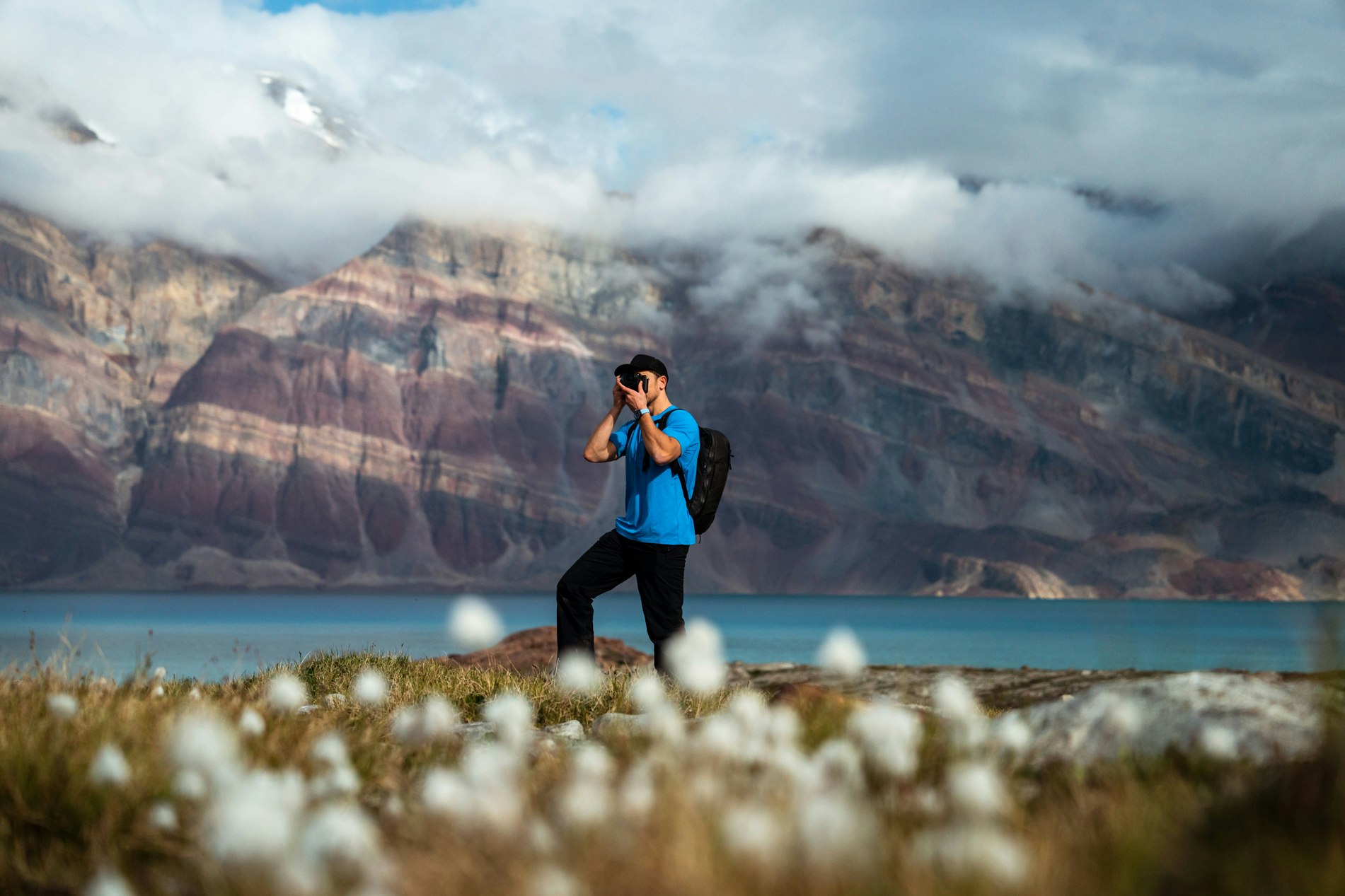-WEB.jpg?language=en&auto=format&w=500&fit=cover)









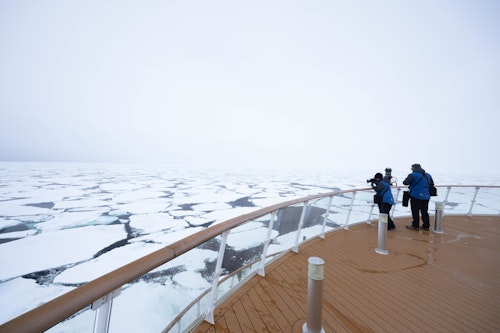



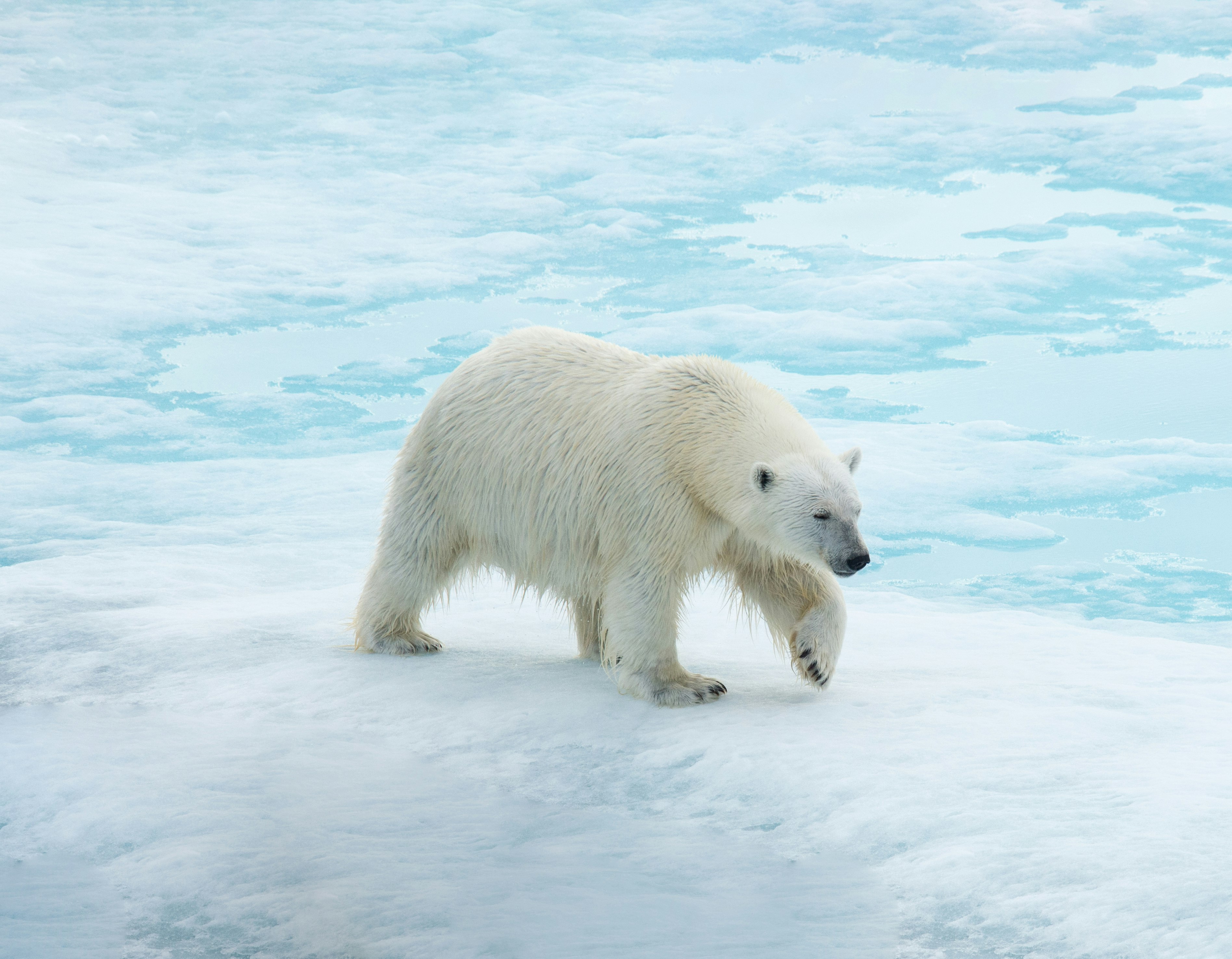.jpg?language=en&auto=format&w=500&fit=cover)



